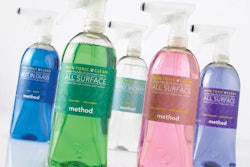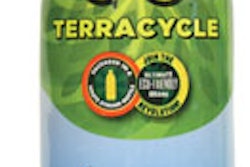There are cost, revenue, and environmental benefits to be attained with high-performance, light-weight (HPLW) packaging grades. Their value lies in allowing packaging professionals to uniquely engineer designs that offer improvements over existing packages. With a more comprehensive palette of raw materials we can add substance to the word “sustainability.”
The primary obstacle is that the North American board market is stagnant compared to containerboard and converting equipment innovations originating offshore. Notable examples of this are the high-speed flat-bed die cutter, the modern corrugator, the high-speed in-line laminator, precision folder gluers, and a variety of paper machine enhancements.
There are several reasons. Some have to do with the installed paper machine base, concentrated corporate ownership, and the predominance of mill/box plant integration. Add to that the challenge of learning new converting and sales skills, and it results in industry inertia.
A renaissance in paper mill production could have begun with the introduction of Edge Crush Test (ECT) box certification in 1991. Seventeen years after the certification rules were changed to allow compression strength, based on the ECT, significant change is evident in every major market except North America.
The adoption of the ECT option can benefit the customer, the box maker, and the environment. It allows flexibility in the choice of containerboard components. Those choices would, ideally, result in the most efficient use of raw materials to achieve a given performance target. What has happened to the grade structure and does that reflect the opportunities envisioned when the “alternate rule” was approved? For this discussion I have limited myself to examining corrugated medium.
Logic suggests that additional medium grades would emerge. But with the exception of 23-pound medium, that has not happened. The 26-pound medium remains the ubiquitous basis weight of choice in box today. It represents 57% of all medium consumed in North America.
In 1995, I was part of a management team that produced the first high-performance lightweight white-top linerboard at a 26-pound specification, or 127 grams per square meter (gpsm). We also produced the first lightweight recycled medium (14 pounds or 70 gpsm) in North America. Combined with high-speed die cutters and set-up machines, these containerboard grades represented a new class of HPLW materials for packaging designers. This same group effort resulted in the creation of a new flute, Graphics Flüt (G flute). The combination of micro-fluted structures and HPLW components represented, we thought, a new approach to lightweight packaging. The market has been slow to grow and the number of HPLW components is limited as shown below (chart).
However, in many offshore markets, especially England and Europe, the reduction in basis weight and utilization of HPLW components has been increasing steadily for 17 years.
In North America there seems to be a tendency to pigeonhole lightweight as a “pizza box grade” or a “non-test” substrate. However, running lighter-weight containerboard does not necessarily produce weaker packaging or require that you opt out of traditional markets. As one example, certified (TAPPI) tests run on 200-pound BC double-wall (42-23-26-23-42) vs. 200-pound EB (35-20-26-23-26) showed the EB Burst was 15.4% higher with 20% less fiber. Other studies have shown that double-wall micro flute indeed can outperform some single-wall constructions with less fiber. The market that multi-wall micro-fluted packaging can effectively serve is very large and need not be restricted to small packages and niche applications.
Achieving such results requires both the willingness to do the development work and the testing. It requires an array of lighter weight boards than are commonly available in North America today. The drivers we see—cost reduction, performance, environmental concerns—may finally push North America packaging into the innovations it should have seen in the last decade.

























